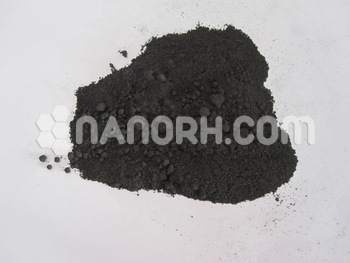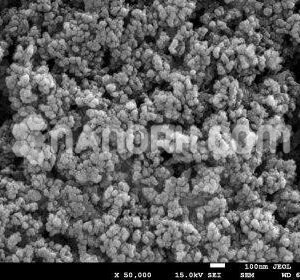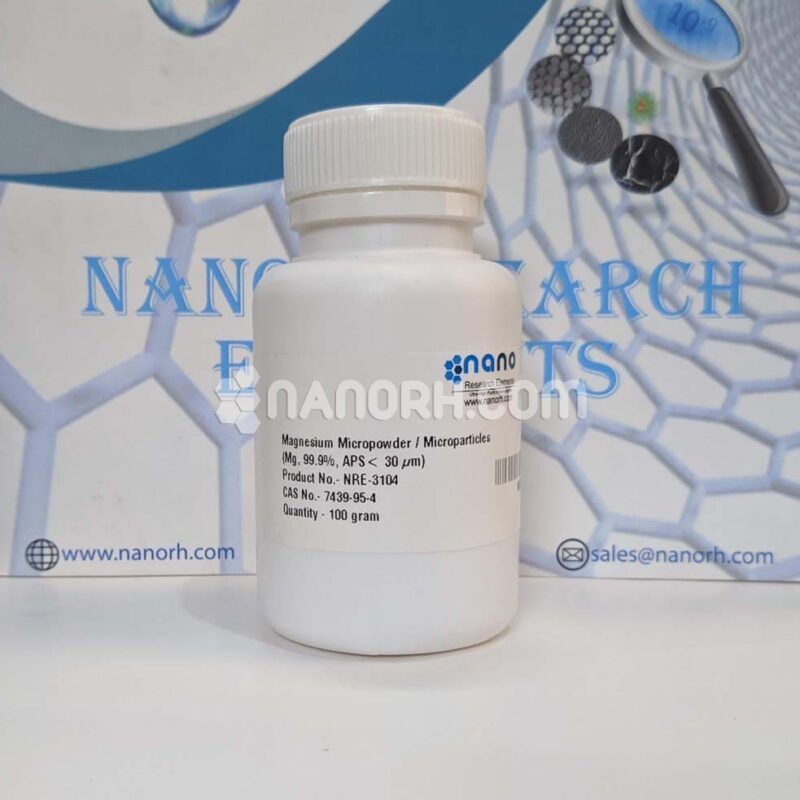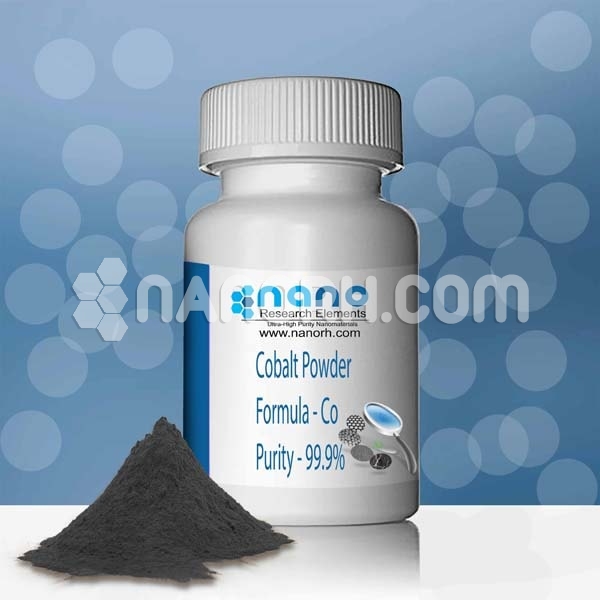| Titanium Disilicide Powder | |
| Product No | NRE-11260 |
| CAS No. | 12039-83-7 |
| Formula | TiSi2 |
| Molecular Weight | 104.04g/mol |
| APS | 30um(can be customized) |
| Purity | 99.5% |
| Density | 4.02 g/cm3 |
| Color | Black |
| Melting Point | 1470°C |
| Boiling Point | NA |
Titanium Disilicide Powder
Hydrogen and oxygen evolve from water using semiconductors.And the light is an important issue in exploitation.Of solar radiation as sustainable energy. However, aThe main disadvantage of most research in this field is related toThe fact that even the appropriate semiconductors are not easily accessible, it absorbs solar radiation inefficientlyto produce hydrogen only sacrificially (i.e. the catalyst degrades). We present titanium disilicide (TiSi2) as athe prototype for the new and promising class of silicon semiconductors, Which, to date, have not been used for the division of water. These semiconductor materials are cheap and abundant.One disadvantage could be its poor stability (in
detail of TiSi2 in water). However, we anticipate it Sufficient passivation of TiSi2 due to the limited form of oxides. I could make this project successful. The light absorption characteristics of TiSi2 are ideal for
Solar applications: broadband reflectance measurements.shows an interval between 3.4 eV (about 360 nm) and 1.5 eV(about 800 nm) for TiSi2 (Figure 1). This behavior is atypical of semiconductors since these materials tend to show small dimensionsthe band gap widens. Determination of the quasi-steady level of The electrons at pH 7 of our catalyst showed values of 0.43 eV and 0.41 eV before and during a reaction, respectively; The latter energy level still meets the physical requirement for the Proton reduction to form hydrogen.




